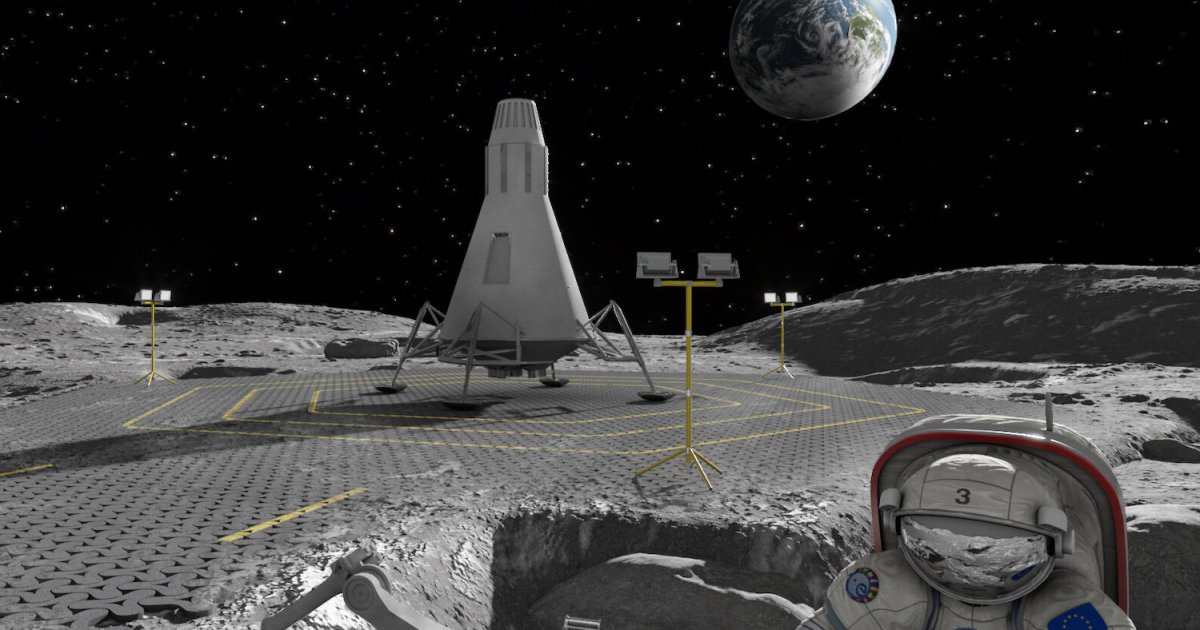
NASA has shared a short video highlighting its plan to launch the first-ever commercial delivery service to the moon.
But banish from your mind any images of a FedEx driver showing up in a little space capsule to drop off some Christmas mail for astronauts stationed at a lunar base. We’re talking about lesser-known companies delivering a vast range of equipment designed to advance capabilities for science, exploration, and commercial development of the moon.
NASA is working with private American companies — 14 at the current count — that will put in bids to deliver science and technology to the lunar surface through the Commercial Lunar Payload Services (CLPS) initiative.
The plan comes at an exciting time as NASA ramps up its Artemis program, which next year will send four astronauts on a fly-by of the lunar surface ahead of another mission currently set for 2025 that will put the first astronauts on the moon since the final Apollo mission in 1972. Long-term plans including building the first permanent moon base to host visiting astronauts staying on long-duration missions, similar to how they currently spend time in low-Earth orbit aboard the International Space Station.
“Under Artemis, commercial deliveries beginning in 2023 will perform science experiments, test technologies, and demonstrate capabilities to help NASA explore the moon and prepare for human missions,” the space agency said on its website. Deliveries that are already scheduled include Pennsylvania-based Astrobotic sending NASA’s Volatiles Investigating Polar Exploration Rover (VIPER) to the lunar South Pole next year, and Massachusetts-based Draper sending science investigations to Schrödinger Basin, a large lunar impact crater on the far side of the moon, close to the South Pole, in 2025.
NASA said that by establishing a commercial delivery service to the moon it will “radically” increase the amount of science that can be achieved.
“This high risk, higher reward initiative will invest in and leverage the entrepreneurial spirit of American innovation to launch a commercial, lunar marketplace, advancing technology, and exploration for all of us,” it says in the video, adding that it will enable it “to make novel measurements and develop technologies that scientists have long wanted to do on the lunar surface.”
NASA suggests that as this new commercial delivery service develops, it could pave the way for a similar service to other destinations, with Mars likely to be top of the list as the agency prepares to send the first humans there, possibly in the 2030s.
Editors’ Recommendations
Services Marketplace – Listings, Bookings & Reviews
